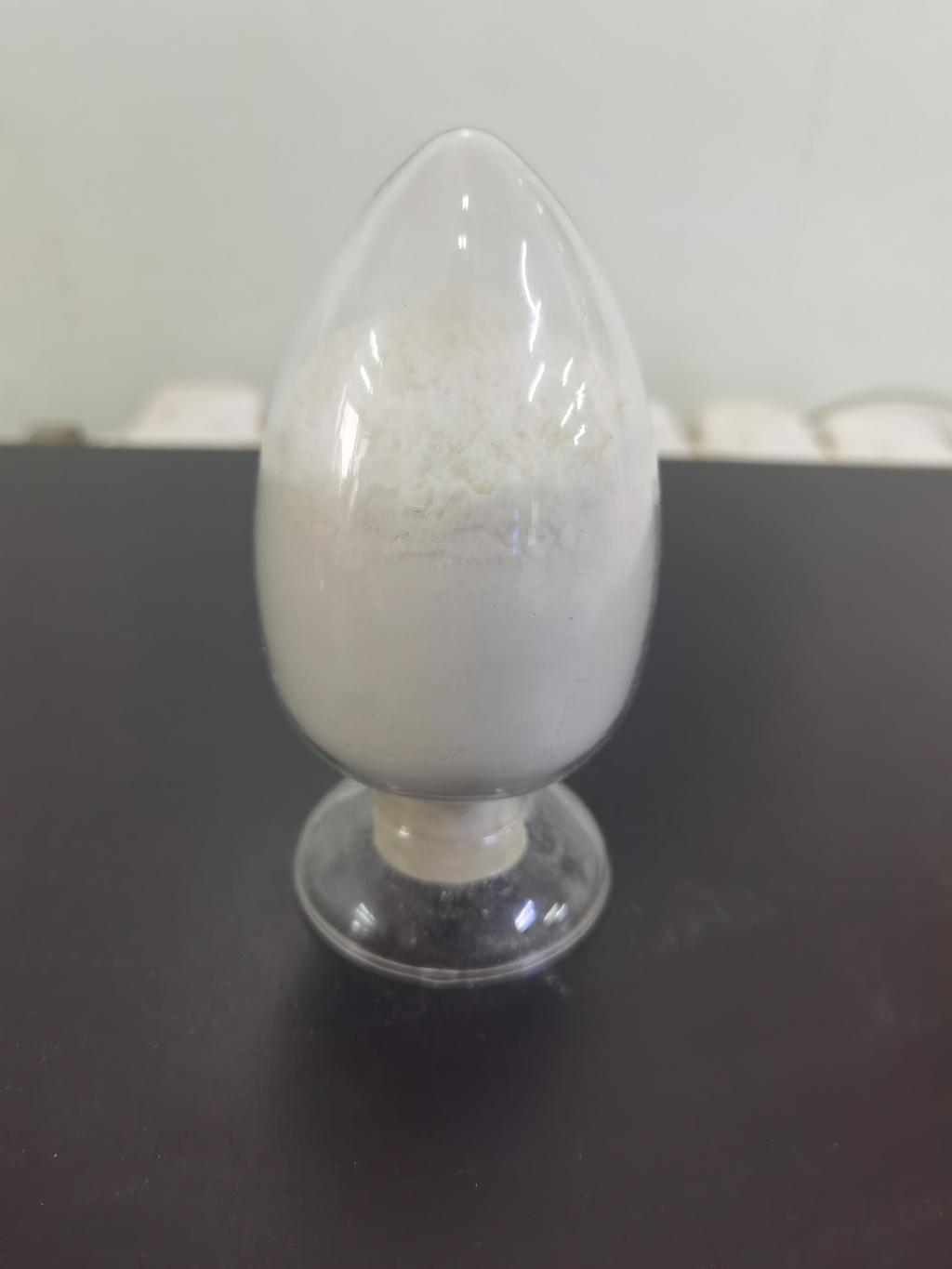Tel:+8618231198596

News
 CONTACT
CONTACT
 CONTACT
CONTACT
- Linkman:Linda Yao
- Tel: +8618231198596
- Email:linda.yao@dcpharma.cn
- Linkman:CHARLES.WANG
- Department:Overseas
- Tel: 0086 0311-85537378 0086 0311-85539701
News
Current Position:
Home >
News
>ε-Polylysine hydrochloride's biocompatibility makes it suitable for use.
ε-Polylysine hydrochloride's biocompatibility makes it suitable for use.
TIME:2024-04-02
Understanding ε-Polylysine Hydrochloride
ε-Polylysine hydrochloride is a biopolymer derived from the fermentation of Streptomyces albulus. It is composed of multiple units of the amino acid lysine linked together in a chain-like structure. This biopolymer is water-soluble and possesses unique properties that make it highly desirable for various biomedical applications.
Biocompatibility of ε-Polylysine Hydrochloride
One of the most significant advantages of ε-polylysine hydrochloride is its excellent biocompatibility. Biocompatibility refers to the ability of a material to interact with biological systems without causing adverse reactions or harm. ε-Polylysine hydrochloride has been extensively studied and demonstrated to be non-toxic and well-tolerated by the human body, making it suitable for use in medical devices and wound care products.
Applications in Medical Devices
ε-Polylysine hydrochloride finds numerous applications in the development of medical devices:
Coatings for implants: ε-Polylysine hydrochloride can be used as a coating material for medical implants such as orthopedic implants, stents, and vascular grafts. Its biocompatibility helps improve the integration of implants with surrounding tissues, reducing the risk of inflammation and rejection.
Drug delivery systems: ε-Polylysine hydrochloride-based materials can be used in drug delivery systems to encapsulate and deliver therapeutic agents to targeted sites in the body. The controlled release of drugs from these systems can enhance treatment efficacy while minimizing side effects.
Surgical instruments: ε-Polylysine hydrochloride coatings can improve the biocompatibility and performance of surgical instruments, reducing tissue trauma and promoting faster healing after surgical procedures.
Diagnostic devices: ε-Polylysine hydrochloride can be incorporated into diagnostic devices such as biosensors and assays to improve their sensitivity and accuracy. Its biocompatibility ensures minimal interference with biological samples, enhancing the reliability of diagnostic tests.
Applications in Wound Care Products
ε-Polylysine hydrochloride offers several advantages for wound care applications:
Wound dressings: ε-Polylysine hydrochloride-based wound dressings provide a protective barrier over wounds while promoting a moist environment conducive to healing. These dressings are non-toxic and non-allergenic, making them suitable for use on sensitive skin.
Antimicrobial properties: ε-Polylysine hydrochloride exhibits inherent antimicrobial properties, making it effective against a wide range of bacteria, including antibiotic-resistant strains. This property is particularly beneficial for preventing wound infections and promoting wound healing.
Hemostatic agents: ε-Polylysine hydrochloride can be used as a hemostatic agent to control bleeding in traumatic wounds and surgical sites. Its ability to promote blood clotting and tissue sealing helps reduce bleeding and facilitate wound closure.
Tissue engineering scaffolds: ε-Polylysine hydrochloride-based scaffolds can be used in tissue engineering applications to support cell growth and tissue regeneration. These scaffolds provide a biocompatible and biodegradable framework for tissue repair and regeneration.
Challenges and Considerations
While ε-polylysine hydrochloride offers numerous benefits for medical devices and wound care products, there are some challenges and considerations to be addressed:
Regulatory approval: Medical devices and wound care products containing ε-polylysine hydrochloride must undergo rigorous testing and regulatory approval processes to ensure their safety and efficacy. Compliance with regulatory requirements is essential for market approval and commercialization.
Material properties: The mechanical properties and degradation kinetics of ε-polylysine hydrochloride-based materials may vary depending on the manufacturing process and formulation. Optimization of these properties is necessary to meet the specific requirements of medical devices and wound care products.
Biodegradability: While ε-polylysine hydrochloride is biodegradable, the rate of degradation may need to be controlled to ensure adequate performance and longevity of medical devices and wound care products.
Conclusion
ε-Polylysine hydrochloride's exceptional biocompatibility makes it a valuable material for use in medical devices and wound care products. Its non-toxic and non-allergenic properties, coupled with its antimicrobial activity, offer significant advantages for improving patient care and treatment outcomes. As research and development in biomedical engineering continue to advance, ε-polylysine hydrochloride holds promise for further innovations in medical technology and wound care, paving the way for safer, more effective, and patient-friendly solutions in healthcare.
- Tel:+8618231198596
- Whatsapp:18231198596
- Chat With Skype







